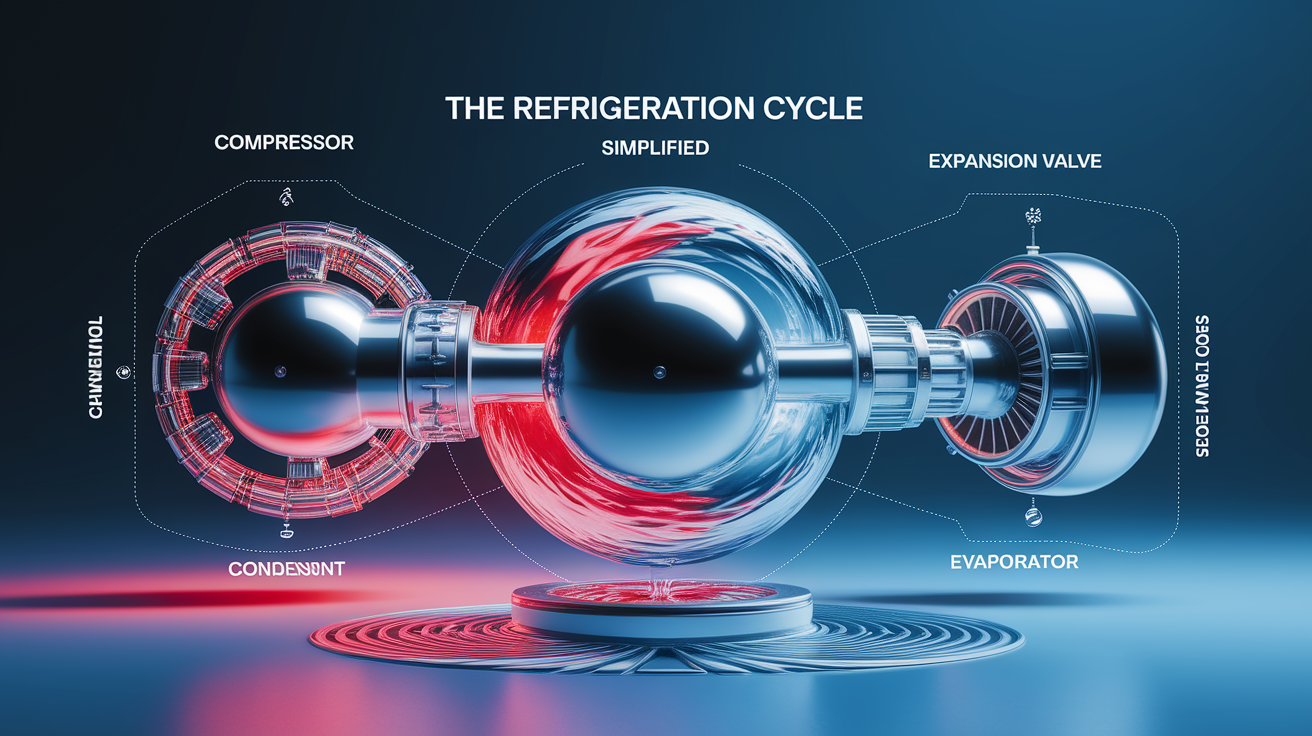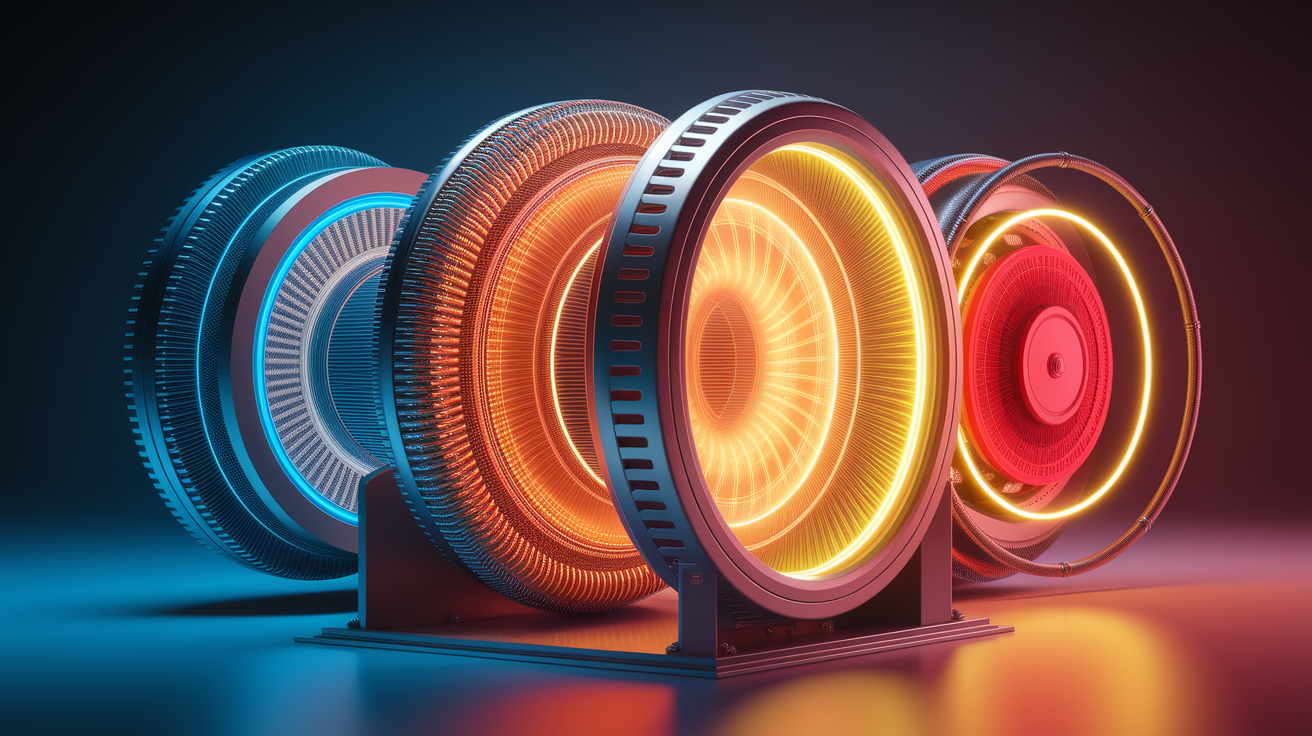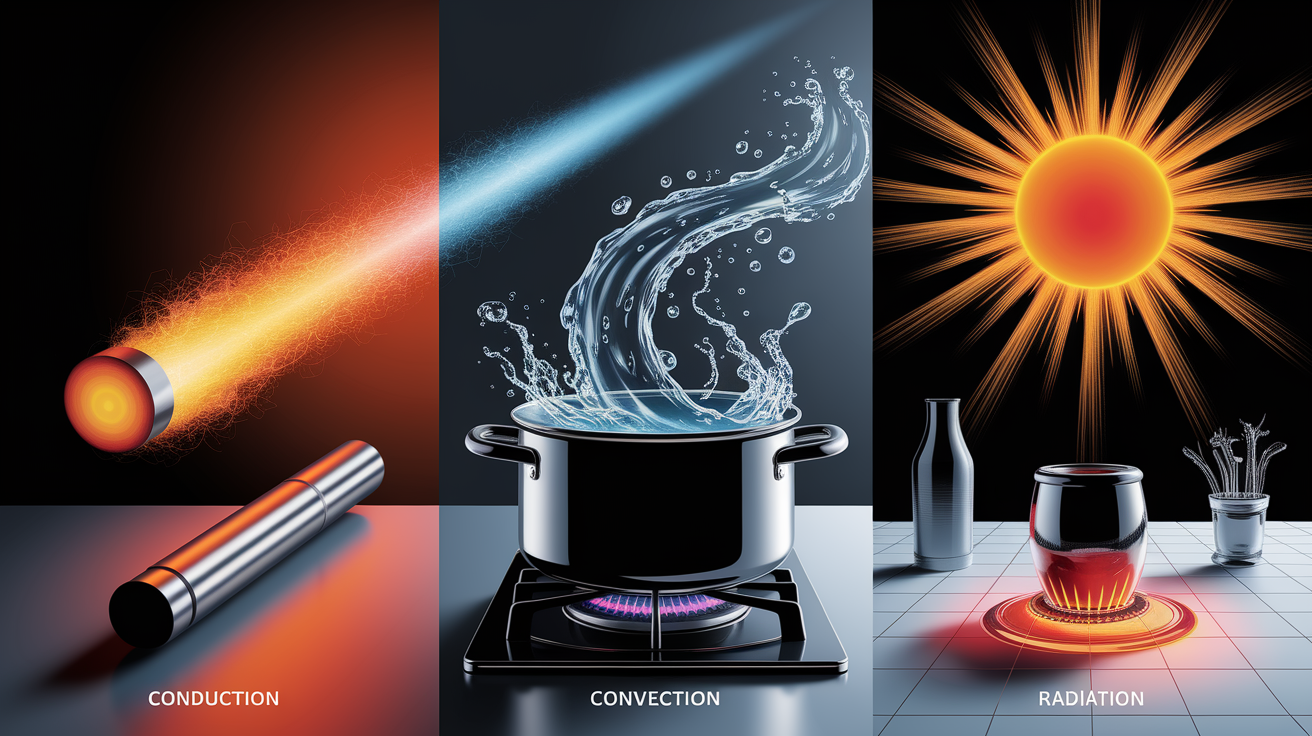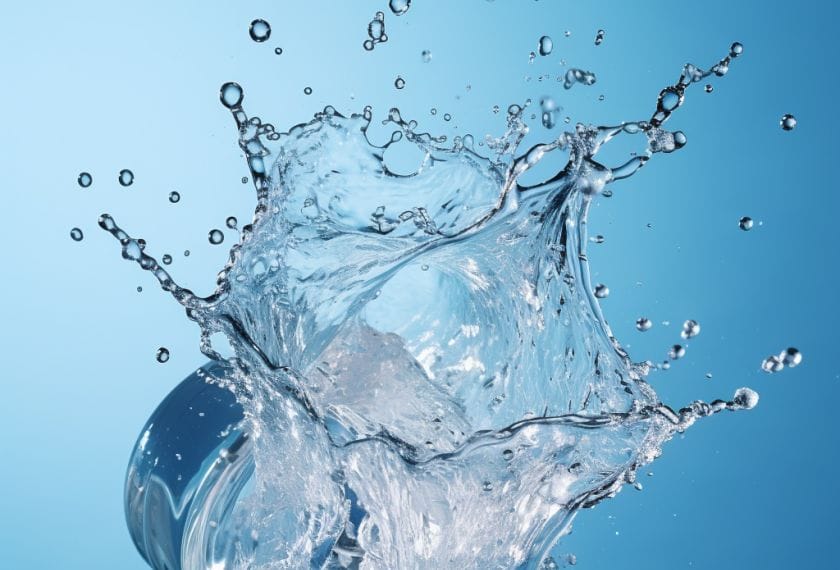Chill Beginnings – Immediate Insight
In simple terms, refrigerators work by moving heat out of their interiors rather than directly making things “cold.” They use a clever cycle with a special fluid called a refrigerant to absorb heat from inside and release it outside, leaving your food chilled and fresh.

The Refrigeration Cycle Simplified
The heart of the refrigeration process is a repeating loop that channels heat from inside the unit out into your kitchen air. This is known as the vapor-compression cycle.

- Evaporation: The refrigerant inside cooling coils evaporates at low pressure, soaking up heat from the air around your food.
- Compression: A pump called the compressor squeezes the refrigerant gas, increasing its pressure and temperature.
- Condensation: This hot gas flows through the condenser coils and dumps the heat into the surrounding air as it condenses back into a liquid.
- Expansion: An expansion valve or capillary tube drops the refrigerant’s pressure and temperature, readying it to absorb heat again.
This process runs continuously, maintaining the low internal temperature that keeps food safe and fresh.
Core Components Driving Heat Removal
Four main parts in your refrigerator keep this cycle humming along, each with a specific job in moving heat out of the fridge and into the surrounding room air.

- Evaporator: Located inside the cold compartment, it’s where the refrigerant evaporates, absorbing warmth from the interior air and contents.
- Compressor: The workhorse that drives the refrigeration cycle, pressurizing the refrigerant gas so it can release heat efficiently (see details).
- Condenser: Usually on the back or bottom of the unit, these coils allow the refrigerant to release absorbed heat into your kitchen environment.
- Expansion Valve: This small but mighty part drops the pressure of the refrigerant, lowering its temperature before it cycles back to absorb more heat.
The Science of Heat Transfer
At its core, your refrigerator is applying the laws of thermodynamics in a very practical way. Heat naturally flows from warmer to cooler areas, and the refrigerator simply provides a route for that flow to move out of the chilled compartment.

- Phase change cooling: Just as sweat cools you when it evaporates, refrigerant evaporation inside the evaporator absorbs heat from the fridge interior.
- Conduction & convection: Air moving over coils and metal surfaces helps transfer heat efficiently.
- Latent heat magic: During phase changes — from liquid to gas and back — significant amounts of heat move without changing the refrigerant’s temperature in that moment, making the process highly effective (learn more).
The condenser often includes fins — like tiny radiators — increasing surface area for better heat dissipation.
Practical Efficiency Tips
Want to make sure your refrigerator is running at top heat-removal efficiency? Here are some easy ways to help:

- Leave space around the condenser: Good air circulation helps the unit shed heat faster.
- Keep the door closed: Every opening lets warm air rush in, adding more heat to be removed.
- Check door seals: Tight seals prevent warm air infiltration.
- Defrost when needed: Ice buildup on coils slows heat transfer.
- Avoid overstuffing: Air must circulate inside to carry heat to the evaporator coils.
Frosty Finale – Keeping Your Cool
Your refrigerator is a master of moving warmth where it doesn’t belong — out of the chilled compartment and into the room, using the reliable laws of physics and clever engineering. By understanding the heat transfer principles at work, you can appreciate not just the hum in your kitchen, but the remarkable cooling performance behind it. Treat your fridge well, and it will keep its cool — and yours — for years to come.













